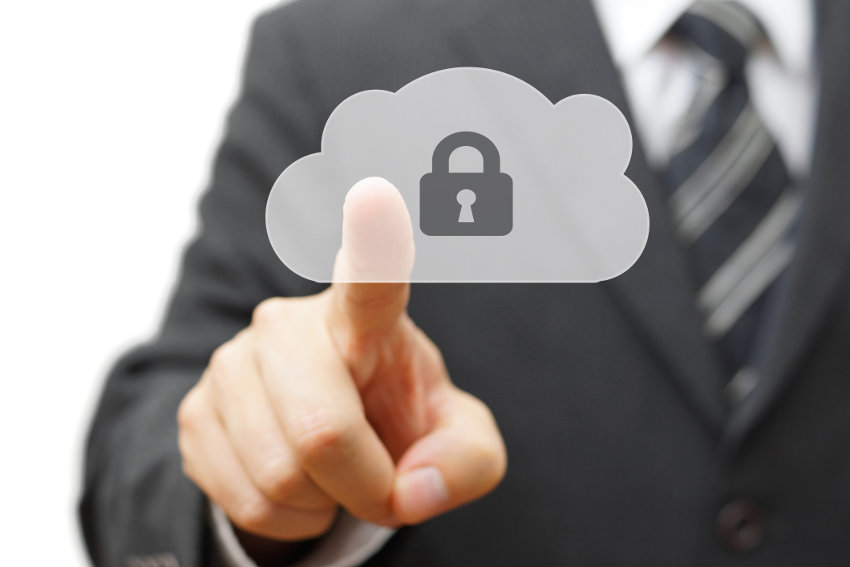When running a business, you rely on various types of data and computing technologies to grow and succeed. And with the emergence of the internet and the advancement of computing tools, it becomes easier to store large amounts of data that are important to your business processes. Crucial information stored in servers can include customers’ credit card details, employee databases, and numerous types of business files—all vital to keeping your company going. But what if you lose these sensitive data or they become compromised because of premeditated malicious attacks?

Regardless of size, all businesses can suffer great losses in the event of cyber attacks. Hackers, for instance, can gain access to your company’s network and use stolen information to steal money from your company and your customers. They can also gain access to confidential files that can cause massive damage to your reputation.
To protect your business from system breaches, you can use a high-performance network security platform that makes use of network-based attack detection and endpoint analysis tools. Such a security platform can help you stop targeted attacks, internal attacks, and various types of malware.
But on top of having the right threat prevention and detection technology, you also need to be aware of the common network security risks that enterprises have to content with on a daily basis. Being aware of these risks can help you keep your network well-defended from vulnerabilities and actual attacks.
Employee Negligence
Employees are among your best assets, but they can also be your weakness when it comes to your network security posture. In fact, many business owners cited staff carelessness as one of the top reasons for data loss.
But how can your workers put your data at risk? Often, it’s because of small acts of negligence that your employees may not even be aware of. In this era of massive data-sharing, it’s easy to be careless. Simple acts like leaving a computer unattended, clicking on links in suspicious emails, and getting an unlocked company smartphone stolen can all make your system vulnerable to attacks by cyber criminals. You staff may even leak confidential company data by accident on social networking sites like Facebook and Twitter.
Since you can’t watch over your entire team, you hold training sessions about security best practices instead. Teach your personnel about the importance of practices like effective password management and how to avoid social engineering and cybercrime scams.
Inactive Accounts and Privilege Misuse
Aside from careless personnel, you should also be wary of angry workers and resentful former employees. This is because internal attacks are common and often far more destructive.
Disgruntled former members of your company’s IT team are common culprits. These ex-workers have knowledge of or may even have access to your networks and accounts. To prevent exploitation, make sure to terminate inactive privilege accounts connected to past employees.
A disgruntled staff member can also deal the same damage. They can misuse their privileged credentials to steal money or information for their own personal gain. Combat these risks by implementing protocols that can detect and take fast actions against in-house malicious activities.
Unencrypted Data and Weak Passwords
Encryption and excellent passwords are your first line of defense against hackers and other unwanted intruders. Unencrypted data is at the risk of being compromised. If you do have encryptions in place, the next step would be to make sure that the passcodes being used are strong. Don’t use simple, easy-to-guess ones and avoid using one code for all your accounts or systems. Opt for keys that combine numbers, lower case and upper case letters, and special symbols. Also, make it a point to change these passwords every month.
BYOD (Bring Your Own Device) Practices
BYOD is a policy that permits employees to bring their own devices such as personal laptops and smartphones. While this practice can yield higher productivity and flexibility, it also increases the chances of data theft and loss.
The sharing features of the latest mobile devices allow employees to store sensitive data on their personal gadgets. Imagine if those devices fall into the wrong hands. If these devices are not encrypted, it can lead to a system breach. These devices are also susceptible to malware and Trojan viruses if they are not protected from unauthorized app or program installation.

Having No Backup Data
Performing routine data backup is Having none Not backing up critical information and files can result in disastrous consequences, more so if you have inadequate security measures. Without any recovery strategies and automated backup systems in place, your company might struggle to regain lost data after a cyber attack.
Poor Protection Measures and Unpatched Devices
It goes without saying that a flimsy network defense posture results in harder hits from inside and outside attacks. If you are one of those enterprises that have inefficient security technologies in place, its best to strengthen your system now. Your security system should be capable of detecting and thwarting targeted attacks from both external and internal sources.
Also remember that network devices like routers, printers, and servers are often unpatched. This means updating their features is impossible even if you find a weakness in their operations. This leaves behind a vulnerable gadget that attackers can exploit. To combat this, use a patch management program to keep your software and hardware up to date.
Third-Party or Outside Service Providers
Many businesses rely on outsourcing for various technological support and maintenance services. While this is a convenient and time-saving alternative to in-house assets, it could come at a price.
Third-party companies use remote access tools to connect with your network, but sometimes they don’t follow the best security practices. A good example would be service providers that use the same password for all client accounts. If a hacker guesses this passcode, they will gain access to all of their clients’ critical data. There’s also the risk of a contractor’s login credentials getting stolen due to unsecured servers and computers.
A solution to this is to partner with companies that have impressive security records. Multifactor authentication and an accurate remote access activity tracker can also help you fight against threats.
Cloud-Based Applications
The use of cloud-based software puts businesses at risk of system breaches because sometimes, they are not secure. When using the cloud, companies place files and other pertinent documents on the internet in a shared environment. Since an outside party controls the servers, their data storing facilities are not found within your own business premises. It is a good thing, however, that most cloud service providers aim to create secure data centers. They are always trying to improve their protection protocols. Despite this, it is always advisable to use strong encryptions for your files.
As the power of the internet increases, cyber crime and threats become more serious as well. Today, hack attacks are a matter of ‘when’ not ‘if,’ and they will continue to happen. But by knowing the risks that you may face, you can implement measures that can keep your valuable data protected and secured.



